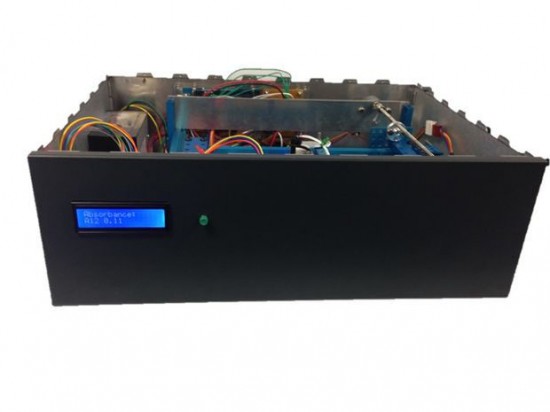Spectrophotometery is a quantitative measurement of the transmission properties of a chemical substance as a function of wavelength, and the device used for this purpose is known as Spectrophotometer. It operates by passing a beam of light through a sample and measuring the intensity of light reaching a detector through the sample. This Instructable describes an Arduino controlled DIY Spectrophotometer made by two undergraduate biochemistry students-Peter Elphick and Ed Tye, for their final-year lab project.
We wanted to make a spectrophotometer that would measure the concentration of a dye called OPD; a common dye in biological assay kits. In addition to reading the absorbance of the samples, we wanted to make a spectrophotometer that worked with 96-wellmicroplates. These are disposable, multi-sample plastic dishes and are the backbone of assays in academic and pharma bioscience labs. They hold 96 samples of up to 0.35mL, arranged in a grid. Pharma labs like them because they lend themselves to robotic handling and high-throughput assays.
We reckon that the final machine cost about £500 ($750), although a lot of that could be saved if you machine your own frame.
The post DIY Spectrophotometer using Arduino appeared first on Embedded Lab.
